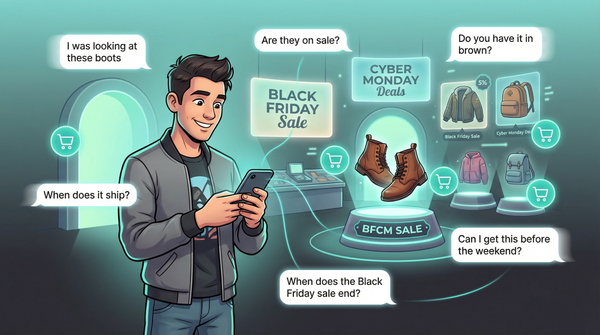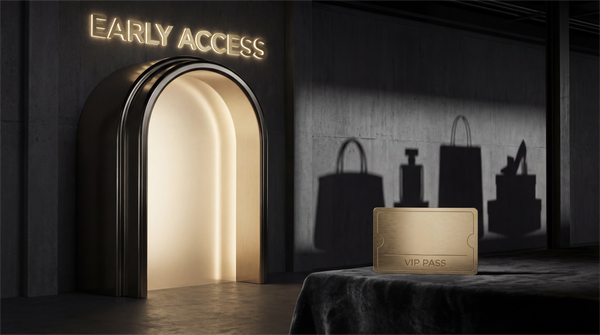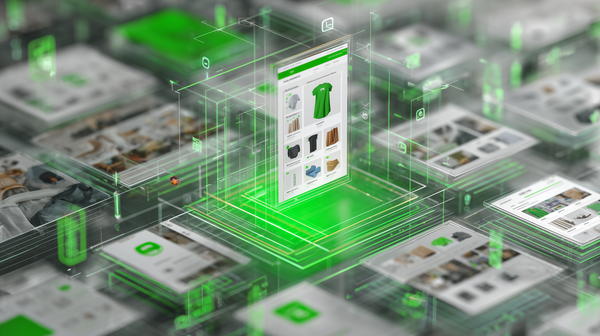Shopify’s WhatsApp Integration Is Changing How DTC Does CX
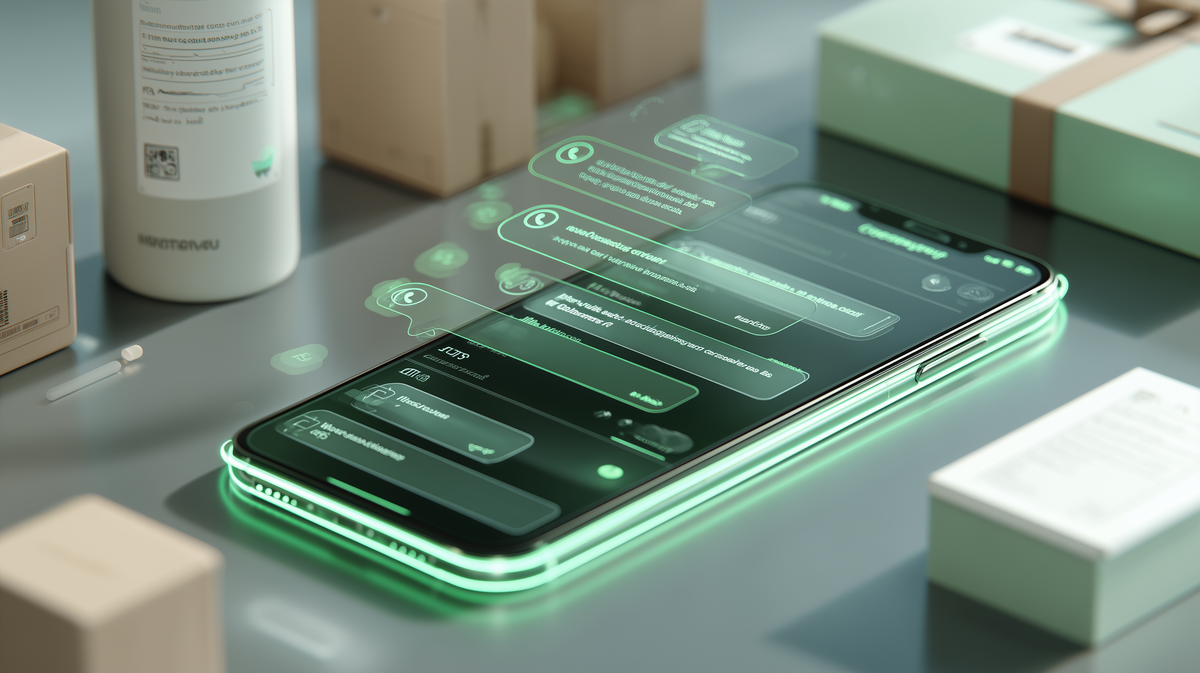
Meta’s latest Shopify integration just handed DTC brands a new lever for better post-purchase CX: native WhatsApp order tracking. Rolled out July 11 at Meta’s Conversations 2025 event, the update lets Shopify stores send real-time shipping updates and confirmations through WhatsApp—marking the first time U.S. brands can plug directly into the chat app’s native messaging layer at scale (Social Media Today).
If you're still relying on email for order updates, this is your wake-up call. WhatsApp open rates hover around 98% (YCloud). Email’s lucky to clear 20%. More importantly, people want updates in chat: 80% globally message with a business weekly—and in the U.S., WhatsApp use just passed 100M monthly users (Social Media Today).
The shift toward conversational commerce isn’t hypothetical. Shopify just made it operational.
Goodbye WISMO Hell
Every operator knows the pain of WISMO (“Where’s my order?”) tickets. They’re annoying, they scale with success, and they eat your team’s time.
With WhatsApp, you can cut that pain at the source. Shopify brands can now push proactive order updates straight into WhatsApp with real-time tracking links and delivery alerts.
This isn’t theoretical. Ingrid reports that WISMO makes up 70% of post-purchase support volume (Ingrid). And Ringly found that automated order status updates—like “📦 Out for delivery!”—can cut support ticket volume by 50% (Ringly).
Customers want transparency without the friction. Email gets lost. SMS is limited. WhatsApp pings their lock screen like a message from a friend—and people check it an average of 23 times a day (YCloud). That’s built-in visibility most DTC brands can only dream of.
Will U.S. Shoppers Actually Use It?
Abroad, WhatsApp is default. In India, Brazil, and Mexico, it is the internet. But in the U.S., it’s historically lagged behind SMS and iMessage. That’s changing—fast.
In the past four years, U.S. WhatsApp users grew from 75M to 100M (Rasayel). 50% of them check the app daily, and 54% globally say they prefer getting brand updates through WhatsApp over email or SMS (YCloud).
Still, you need to ask for permission. U.S. customers aren’t used to being messaged by brands on WhatsApp. Opt-ins matter—so do expectations.
DTC retention expert Ananya Roy put it cleanly:
“Retention jumped 3X once we stopped sending blasts and focused on helpful, personalized WhatsApp flows.”
— Ananya Roy
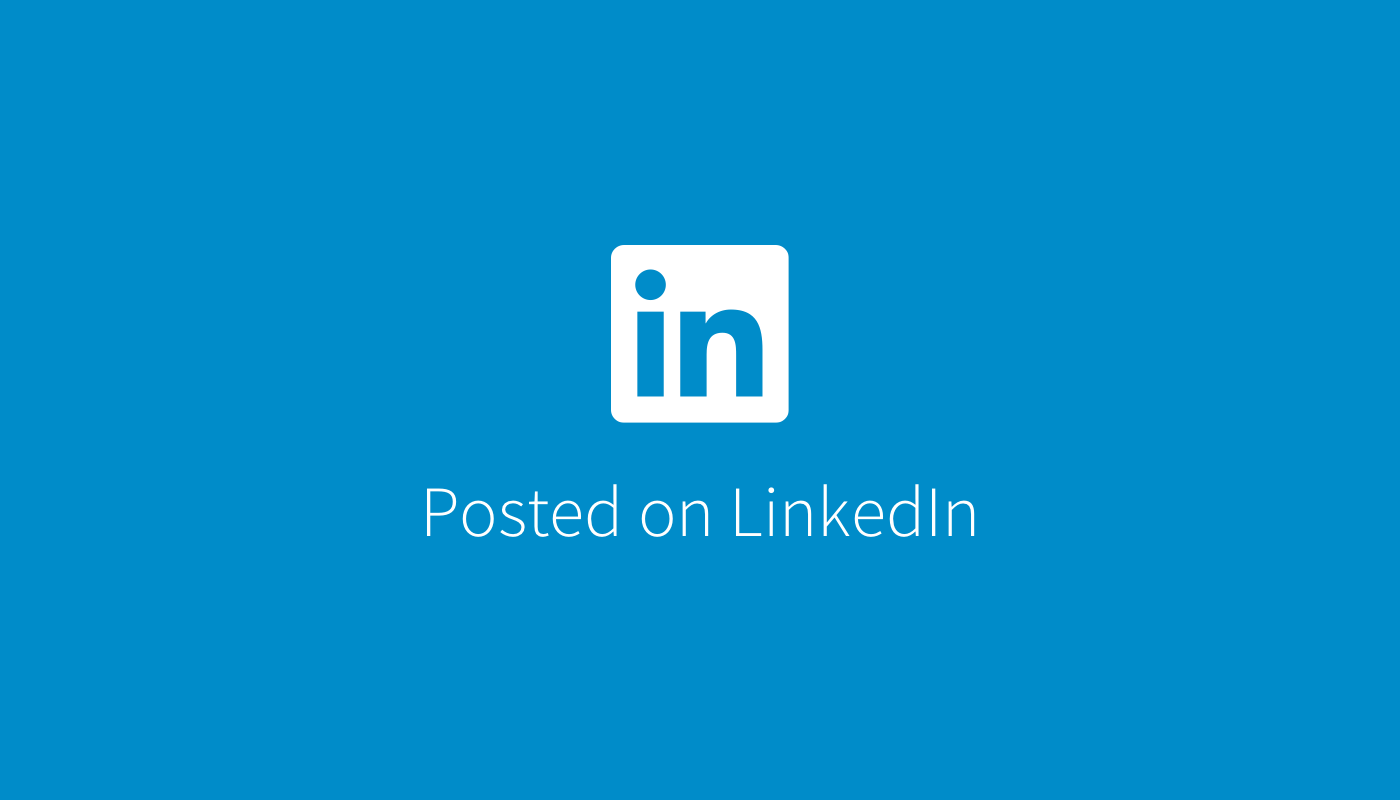
Want quick adoption? Make it worth their while. Prompt customers post-checkout with:
“Want real-time delivery updates? Tap here to get them on WhatsApp.”
One early campaign using this tactic netted 400 new WhatsApp subscribers in a single day (Zoko).
WhatsApp > Email (and SMS)
Let’s talk numbers:
| Channel | Open Rate | Click Rate | Abandoned Cart Recovery |
|---|---|---|---|
| ~21% | 2–5% | 5–10% | |
| 90–98% | 25–35% | 20–40% |
Sources: YCloud, HashStudioz, Zixflow, Shopify Community
Fashion brand Hatke reportedly recovered 25–40% of abandoned carts by sending WhatsApp nudges 15 minutes after cart abandonment (LinkedIn).
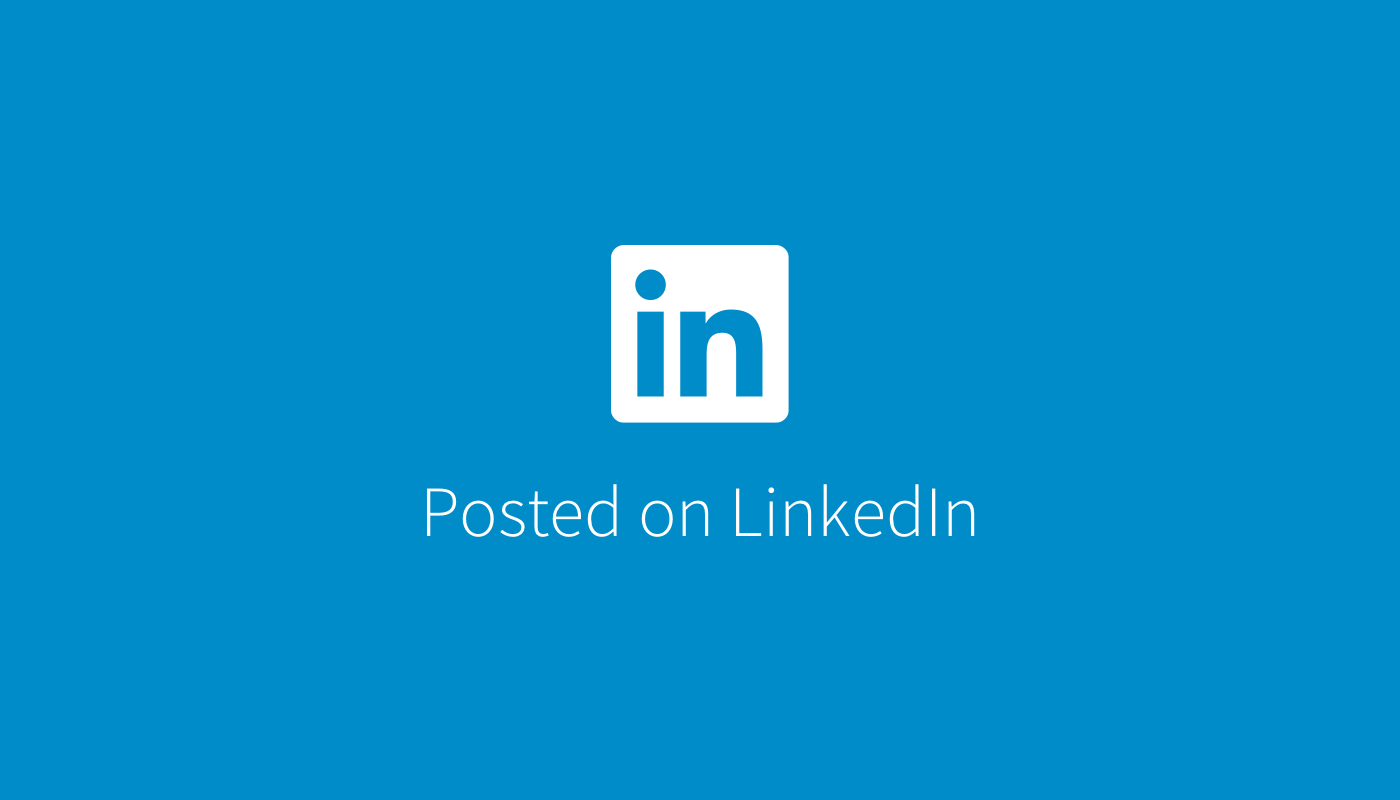
This isn’t about volume—it’s about relationship. The more your brand feels like a human in the room, not a billboard in the inbox, the more likely customers are to engage, convert, and come back. And WhatsApp is optimized for that intimacy.
Don’t Blow It: WhatsApp Comes With Rules
The power of WhatsApp comes with some fine print—and if you ignore it, customers will bounce fast.
Here’s what you need to nail:
Opt-in Only
WhatsApp requires explicit consent. No auto-sending. Use checkout prompts, email follow-ups, or post-purchase flows to collect it.
Pre-approved Templates
You’ll need to get outbound message formats approved by WhatsApp. That means no spammy all-caps promos or unsupported emojis.
Respect the Inbox
Don’t turn WhatsApp into your new email blast list. Segment. Personalize. Send messages that help, not just sell. Think:
- Styling tips post-purchase
- Restock alerts based on past views
- Subtle upsell flows timed to reorder windows
Staff for Speed
If you open two-way messaging, be ready to respond fast. Many brands use AI-powered chat assistants to triage FAQs, then hand off to human support.
Watch the Costs
Meta’s conversation-based pricing means costs can scale with usage. Be smart. High-volume doesn’t always mean high-return. Use the channel for high-impact moments.
From Support Channel to Strategic Edge
Done right, WhatsApp can become more than just another channel. It’s the closest thing to 1:1 retail in a digital world—like having a concierge in your customer’s pocket.
And Shopify’s integration just lowered the barrier to entry.
In India, brands using WhatsApp marketing have seen up to a 40% jump in eCommerce sales (Business Standard). It won’t be long before U.S. brands follow.
But the winners won’t be the ones who shout the loudest. They’ll be the ones who message like a friend, not a push notification.
Shopify gave you the keys. Now the question is: what kind of conversation are you going to start?
Subscribe for weekly DTC insights.



